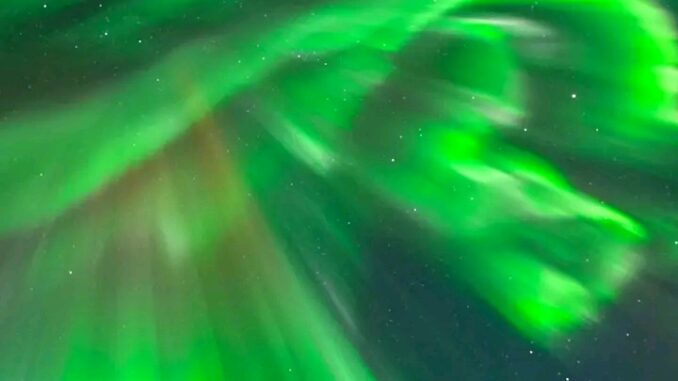
Spotting the Northern Lights: The Foolproof Way to Find Auroras
The Northern Lights, or Aurora Borealis, are one of nature’s most awe-inspiring spectacles, drawing travelers and adventurers to the far reaches of the globe in pursuit of the shimmering dance of green, pink, and purple lights. These vivid auroras are typically visible in high-latitude regions around the Arctic Circle, but seeing them can often be elusive due to their unpredictability. However, with the right knowledge and tools, spotting the Northern Lights becomes an achievable goal for anyone willing to venture into the wild north.
**Understanding the Northern Lights**
The Northern Lights occur when charged particles from the sun collide with Earth’s magnetic field, causing atoms in the upper atmosphere to release energy in the form of light. This interaction creates the colorful displays visible in polar regions. The auroras are most commonly visible in winter months when the nights are longest, and they are best seen in locations away from artificial light pollution.
**Key Factors for Spotting the Aurora Borealis**
1. **Location, Location, Location**
The best places to view the Northern Lights are within the Arctic Circle, especially in countries like Norway, Sweden, Finland, Iceland, Canada, and Alaska. In these regions, the auroras are visible most often between September and March, with the peak season occurring in the darkest months of winter. Areas like Tromsø in Norway, Fairbanks in Alaska, and Abisko National Park in Sweden are famous for their frequent aurora displays.
2. **Clear Skies and Darkness**
While auroras are most active during solar storms, they need clear, dark skies to be visible. Cloud cover can easily obstruct the view, so choosing a night with minimal clouds is crucial. Many aurora hunters use specialized apps and websites to check real-time weather conditions and forecast aurora activity before heading out. Light pollution is another major hindrance, so it’s essential to be far from city lights to enjoy the full effect of the auroras.
3. **Solar Activity and Aurora Forecasting**
The Northern Lights are closely tied to solar activity. The more active the sun is, the more intense the auroras tend to be. Solar flares and coronal mass ejections (CMEs) send waves of charged particles toward Earth, which increases the chances of seeing a dramatic light show. The Kp index, which measures geomagnetic activity, is a useful tool for aurora chasers. A Kp index of 5 or higher usually means good aurora conditions in high-latitude areas.
Online resources, such as the NOAA Space Weather Prediction Center and apps like Aurora Forecast, provide real-time information on solar activity and aurora likelihood. These forecasts can significantly improve your chances of catching the auroras, as they allow you to plan trips around times of high solar activity.
4. **Patience and Persistence**
The Northern Lights are notoriously fickle, and no matter how well-planned a trip is, there’s no guarantee that they will appear on a given night. Even in the best aurora hotspots, travelers may find themselves waiting for hours, sometimes for several days, before the auroras make an appearance. Staying in locations known for frequent aurora sightings increases your odds, but patience is key. As the saying goes, “The aurora will show itself when it’s ready.”
5. **Best Time to Go**
The optimal time for aurora viewing is between 10 p.m. and 2 a.m., as this is when the auroras are most active. While it’s possible to see them at other times of night, these hours offer the best chances, especially if you’re in a prime location with clear, dark skies. Keep in mind that the auroras can vary in intensity, with some nights offering faint displays and others producing brilliant, fast-moving light shows.
**In Conclusion**
With the right combination of location, timing, and a bit of luck, spotting the Northern Lights is within reach for any adventurous traveler. By taking into account solar activity, weather forecasts, and the time of year, aurora seekers can maximize their chances of witnessing this spectacular natural phenomenon. While the Northern Lights may be elusive, the pursuit of the aurora is part of the adventure, making the eventual sighting all the more rewarding. So, pack your bags, check your aurora forecast, and get ready for one of Earth’s most extraordinary displays of natural beauty.

Leave a Reply